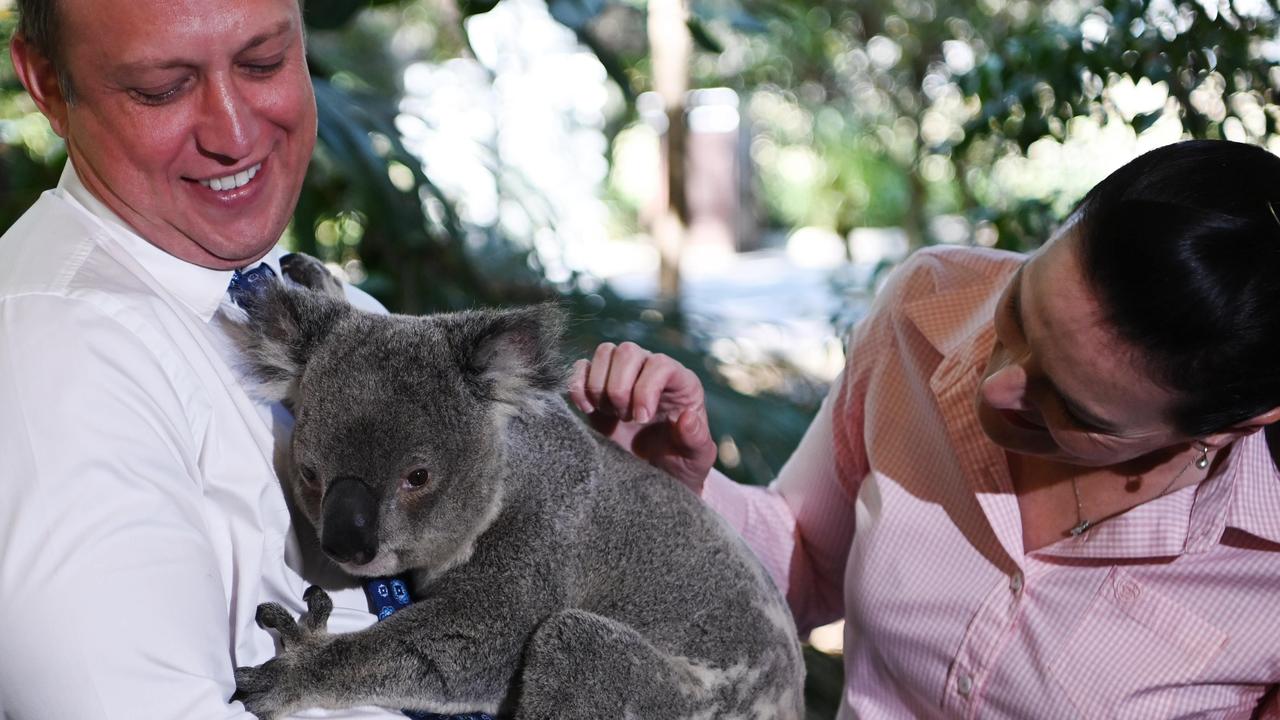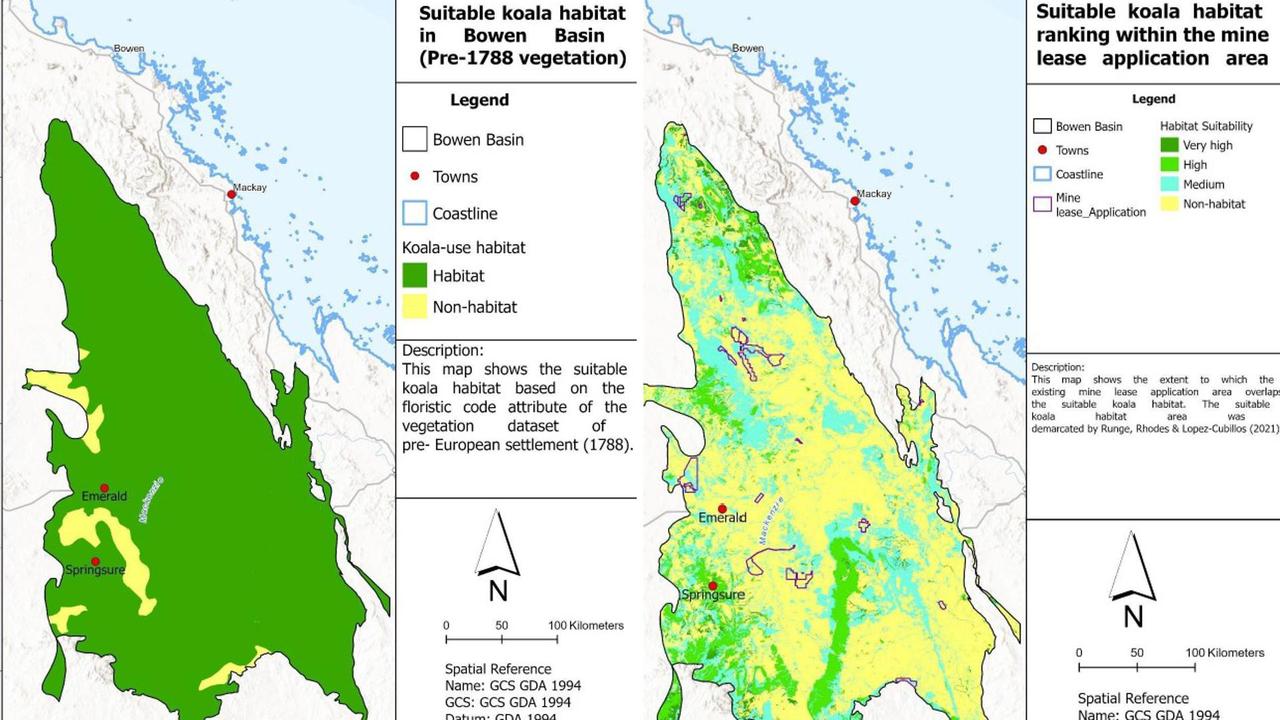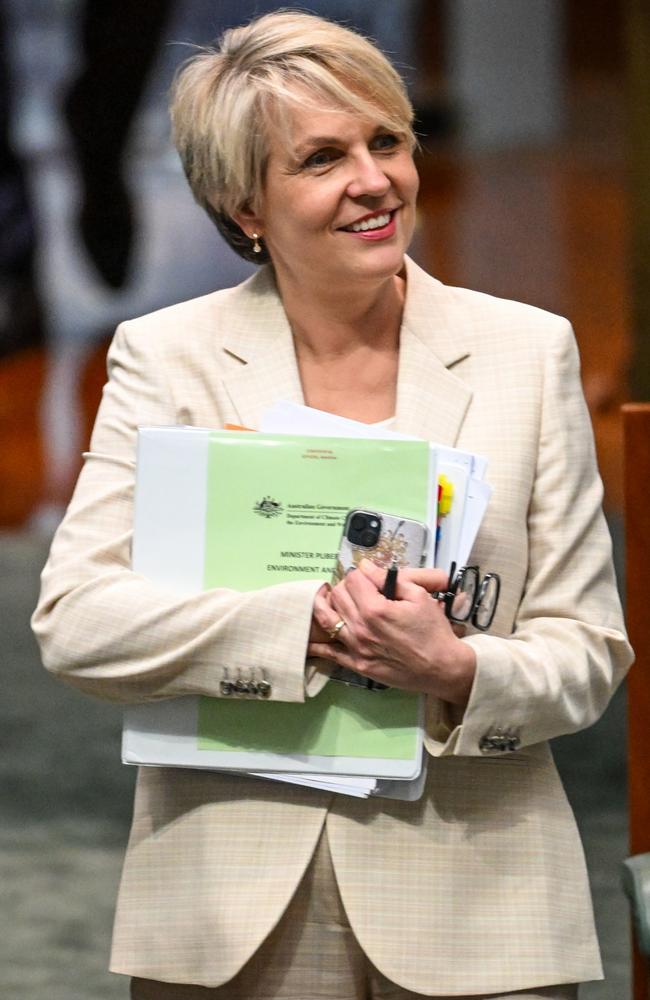17,000 times size of Gabba: Koala habitat in Bowen Basin under threat
The Queensland and the federal government could face an ‘international embarrassment’ of Olympic Games proportions if it continues to approve coal mines which threaten more than 42,000 hectares of suitable koala habitat, a new study has warned

There are calls for Federal Environment Minister Tanya Plibersek to prove she’s serious about saving Queensland’s koalas by cracking down on coal mine projects.
It comes as a new CQUniversity study reveals new or expanding coal mine leases in the Bowen Basin comprise about 42,500ha of potentially suitable koala habitat, more than 17,000 times the size of The Gabba.
“Central Queensland’s koala population would face a very perilous future under the business as usual approach of rubber stamping the majority of Bowen Basin coal mines,” Environmental Advocacy Central Queensland director Dr Coral Rowston said.
“This is a major test for Minister Plibersek, who has made strong public statements about protecting koalas and avoiding extinctions – she must take the action needed to protect this endangered species.”
CQUniversity senior lecturer of geography Dr Michael Hewson said Central Queensland was home to one-fifth of the state’s koala population and may, with the rate of koala decline in the southeast, become the specie’s last place of refuge in the state.
But depending on Central Queensland as our koalas’ saving grace requires curtailing deforestation, a formidable challenge when the Bowen Basin contains most of Australia’s high quality metallurgical coal with more than 40 mines.
Together they produce the lion’s share of the 200-odd million tonnes of coal exported from Queensland each year.
Almost 60 per cent of Central Queensland’s potential koala habitat destroyed
“Essentially before 1788, the Bowen Basin region was 95 per cent potential koala habitat,” Dr Hewson said.
He said there was now only about 3.3 million ha of potential koala habitat left out of what was 8.2 million, and only a small portion of that area was rated as “high quality”, with the study using two different data sets to map land which contained the species’ favoured food sources like the Eucalypt tree.

Dr Hewson said while one new mine was not detrimental, the cumulative impact of consecutive decades of industrialisation could be.
He explained the koalas in Central Queensland needed more land to thrive than their southern peers because of factors like moisture availability.
The study shows 22,000ha of remaining potential koala habitat was contained within lease areas of proposed, recently approved or under construction coal mines in the Bowen Basin.
‘Australia will be a national embarrassment’
Lock the Gate Alliance national co-ordinator Ellen Roberts said it was incredibly ironic state and federal governments were pushing for the koala to become a 2032 Olympics mascot “while at the same time going full scale ahead with projects that threaten its survival”.
“Australia will be a national embarrassment if it continues to allow the wide scale destruction of koala habitat even while trying to promote the animal to the world,” Ms Roberts said.

Neither Queensland Environment Minister Leanne Linard or Ms Plibersek addressed the potential irony after the Daily Mercury put it to them.
Ms Plibersek said the federal government considered projects “on a case-by-basis” “in accordance with the facts and the national environment law”.
She said the Albanese government had done more than any other to address climate change and the environment, including setting a goal of “zero new extinctions”.
Ms Plibersek said this included spending more than $70 million on “projects to make sure our kids and grandkids can see koalas in the wild too”.
“I have rejected a Queensland coal project due to potential impacts on the environment and I have given the green light to nearly 50 renewable energy projects to reduce carbon emissions,” she added.
$70m to save Queensland’s koalas but only crumbs for the northern population
Dr Hewson said most of the $70 million was for southeast Queensland, which he said was fair given its koalas were “diminishing faster than any other areas”, but it made the money set aside for elsewhere in the state, where a lot remained unknown about the populations, seem like crumbs.

He said while mines outlined mitigation measures to protect important flora and fauna like the koalas as part of Environmental Impact Statements, there was ambiguity as to whether authorities then held each mine accountable for following through.
He said at the new $1bn Olive Downs mine, where almost a third of the lease area was potential koala habitat, koalas and greater gliders were being relocated to dedicated offset areas under veterinary supervision.
Ms Linard said conditions, like offsets, were where applicable set by the independent regulator where environmental impacts could not be avoided.
She said the state government was supportive of resources projects if they “stack up environmentally, socially and financially”.
“Each proposed project is subject to rigorous assessment against Queensland’s robust environmental standards by the independent regulator,” Ms Linard said.
“This assessment includes any potential impact on matters of environmental significance, including koalas and their habitats … proponents of resources projects may also require approval from the Commonwealth Government under its Environmental Protection and Biodiversity Conservation Act, which provides an additional layer of scrutiny for projects as well as protections for matters of national environmental significance such as the protection of koalas and their habitat.”
The CQUniversity study, titled Mapping Koala Habitat Disturbance in the Bowen Basin Queensland, was funded by Lock the Gate Alliance and brokered by Environmental Advocacy – Central Queensland.




